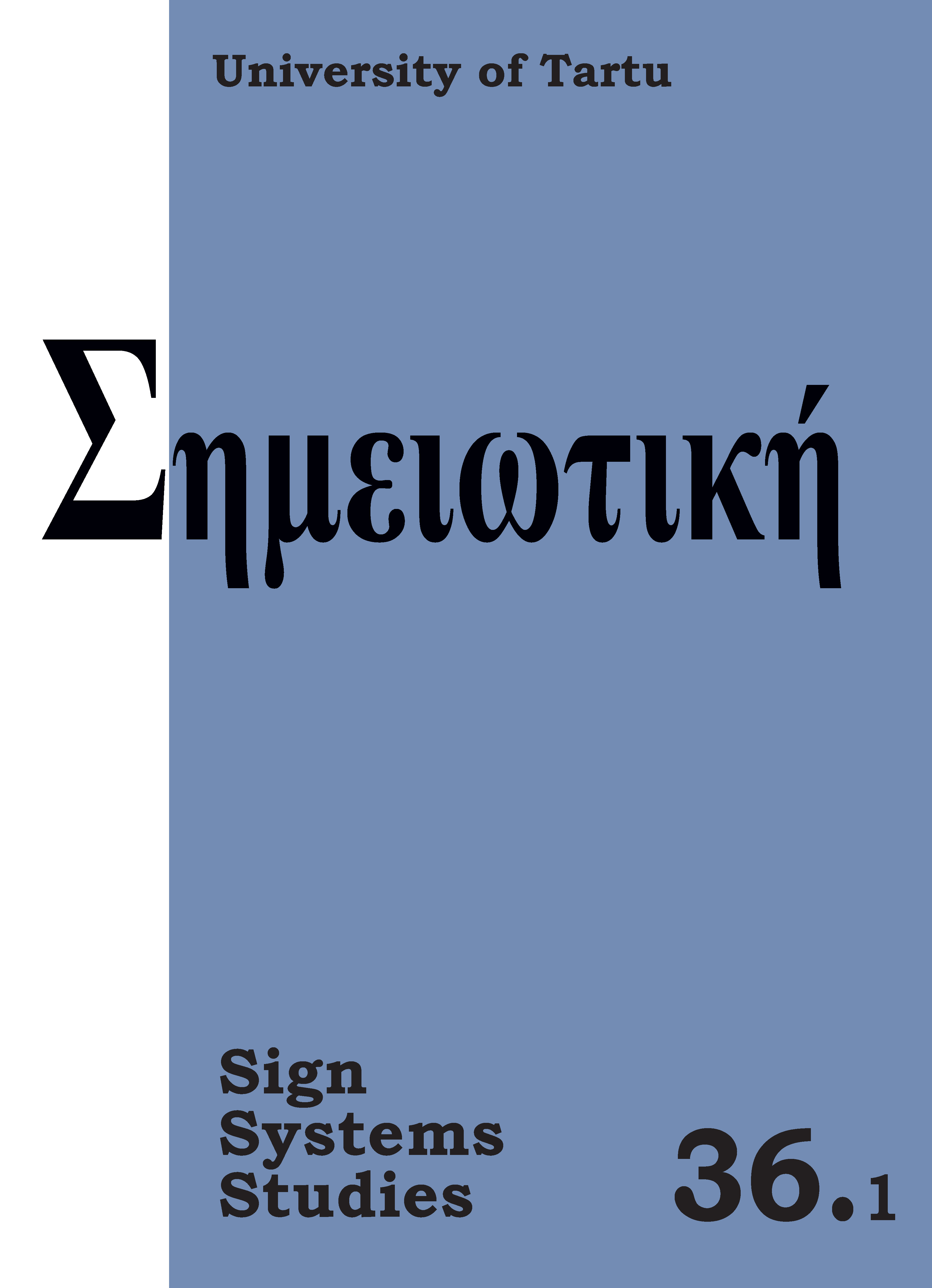Ways of keeping love alive: Roland Barthes, George du Maurier, and Gilles Deleuze
DOI:
https://doi.org/10.12697/SSS.2008.36.1.04Abstract
The article examines Barthes’s A Lover’s Discourse (1977) in conjunction with du Maurier’s Trilby (1894) in order to present an argument about the similarities they share with the male masochistic fantasy as theorised by Deleuze in his Coldness and Cruelty (1989). Barthes’s insistence on the connection between art and love directs my approach. Trilby deals with love and aesthetics in the contexts of art, music, and narrative. The discourses of Trilby’s competing lovers over the same woman serve as a point of comparison against which I read Barthes’s dramatisation of a lover’s discourse. I argue that Barthes’s lover shares a number of central discursive figures with the Deleuzian masochistic lover. I examine Barthes’s suggestion about the tension between the non-narrative discourse of love and the metalanguage of conventional love stories. I focus on those figures in a lover’s discourse that Barthes identifies as keeping this discourse from turning into a love story. My argument is that many of these figures are among the hallmarks of the masochistic fantasy. In particular the formula of disavowal safeguards the lover’s discourse, hindering it from turning into a conventional narrative about love.


